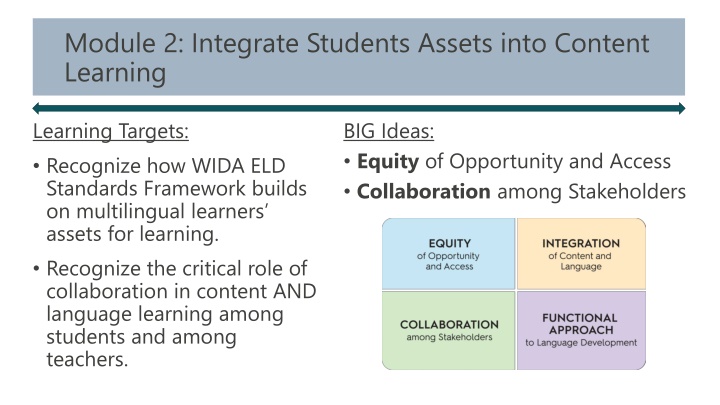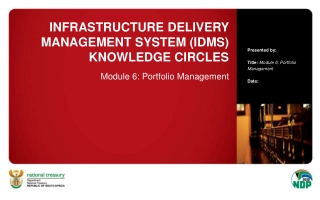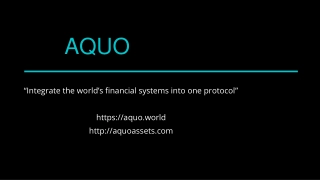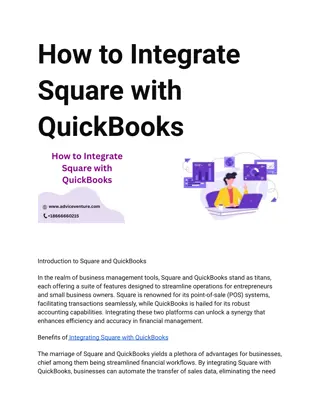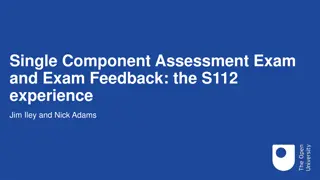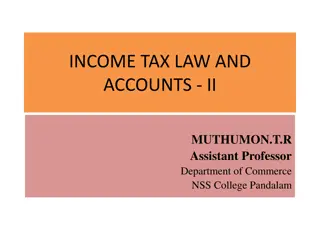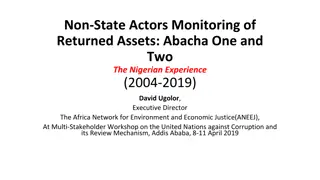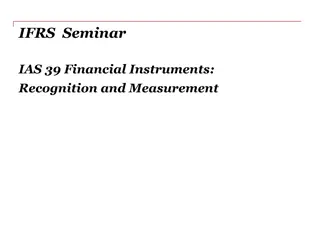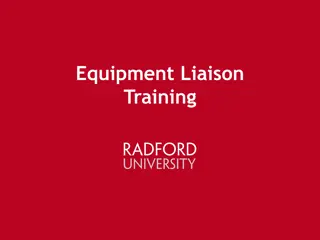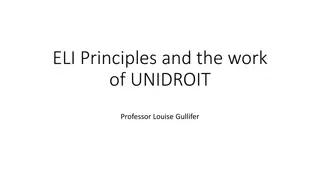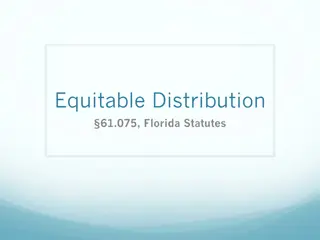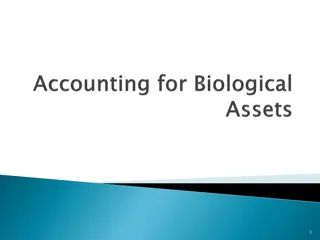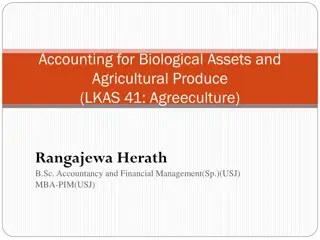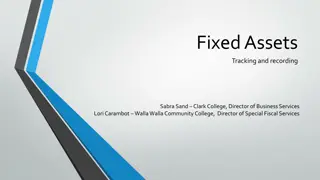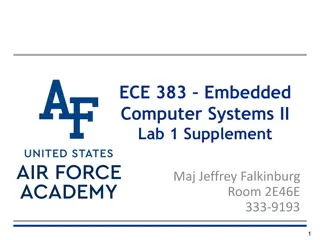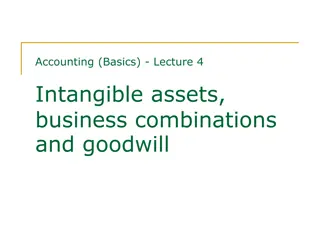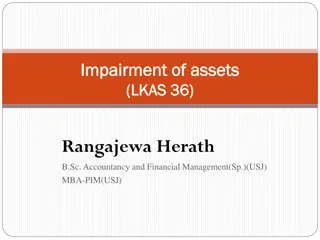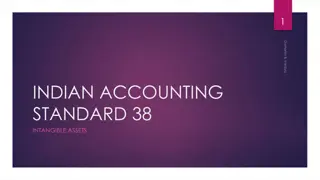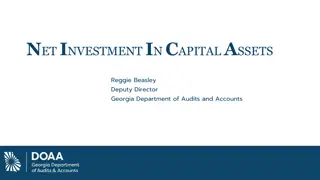Module 2: Integrate Students Assets into Content Learning
Explore the diverse assets multilingual learners bring to school and how collaboration enhances content and language learning. Understand the importance of integrating student assets into classroom instruction.
Download Presentation

Please find below an Image/Link to download the presentation.
The content on the website is provided AS IS for your information and personal use only. It may not be sold, licensed, or shared on other websites without obtaining consent from the author.If you encounter any issues during the download, it is possible that the publisher has removed the file from their server.
You are allowed to download the files provided on this website for personal or commercial use, subject to the condition that they are used lawfully. All files are the property of their respective owners.
The content on the website is provided AS IS for your information and personal use only. It may not be sold, licensed, or shared on other websites without obtaining consent from the author.
E N D
Presentation Transcript
Module 2: Integrate Students Assets into Content Learning Learning Targets: Recognize how WIDA ELD Standards Framework builds on multilingual learners assets for learning. Recognize the critical role of collaboration in content AND language learning among students and among teachers. BIG Ideas: Equity of Opportunity and Access Collaboration among Stakeholders
Student Assets Teaching and learning should revolve around who our language learners are, what they can do and how we can benefit from the tremendous assets they bring to school. Margo Gottlieb WIDA Co-Founder & Lead Developer
Benefit of Student Assets In the chat, share your response to the quote. Guiding Questions: What assets do language learners bring to school? How do you benefit from these assets?
What are examples of student assets? Linguistic Assets Knowledge of multiple languages Varying representation of ideas Metalinguistic and metacognitive awareness Diverse strategies for language learning Cultural Assets Different perspectives and ways of thinking and knowing Diverse practices, beliefs, and social norms in families and communities Ability to navigate a variety of sociocultural contexts and develop relationships in a global society
What are examples of student assets? Experiential Assets Varied life and educational experiences Diverse approaches to learning and expressing content knowledge Social and Emotional Assets Unique personal interests and needs Awareness of and empathy for diverse experiences Knowledge and enrichment of community resources
Breakout Room Discussion How can we make space for our teams (building, grade- level) to recognize students assets and integrate and/or draw upon them in classroom instruction?
Standard 1 The Ever-Present Focus! Standard 1 is always a given and is present in all content instruction. Students communicate to learn but also to convey personal needs and wants, to affirm their own identities, and to form and maintain relationships WIDA ELD Standards Framework 2020 p. 24
WIDA Standard Statement 1 Take a look at p.24-25 (Standard 1) Read/re-read this short section Identify the KEY concepts that stand out for you Share in the chat: What do you notice or wonder? Example: I noticed that interactive learning is critical for multilingual learners to engage fully in content learning Example: I wonder how we can emphasize interactive learning as a primary focus in our classrooms?
Supporting Collaboration in the Classroom for Content and Language Learning As you watch Reflect on Standard 1 Notice students interactions and the assets they bring Notice instructional supports & tools
Breakout Room Discussion How were students positioned as active members in a learning community in this classroom? What resources did students use as they engaged in discussion together? How might collaboration look in other grade levels or content areas?
